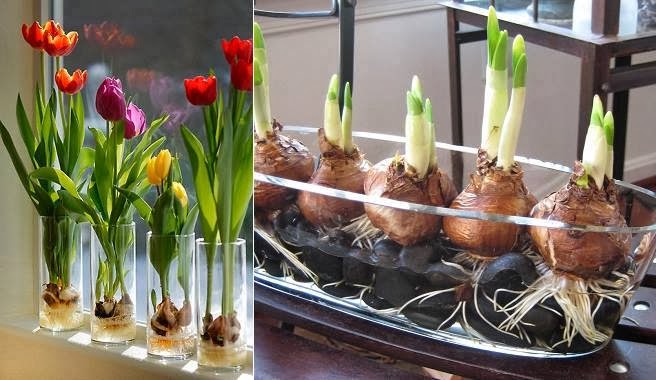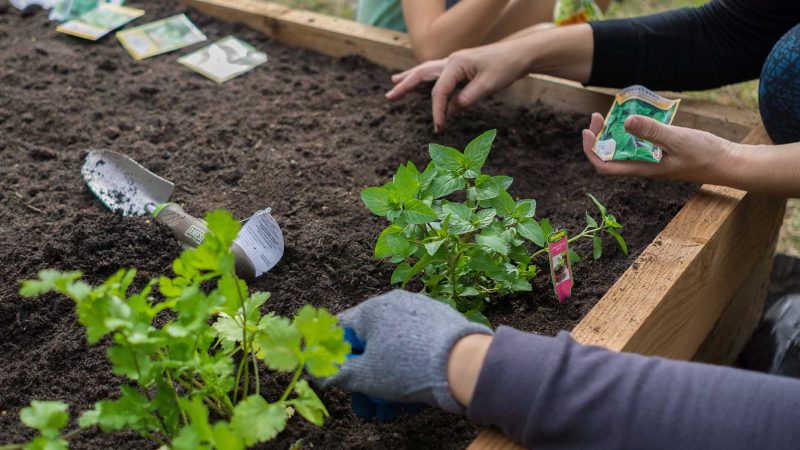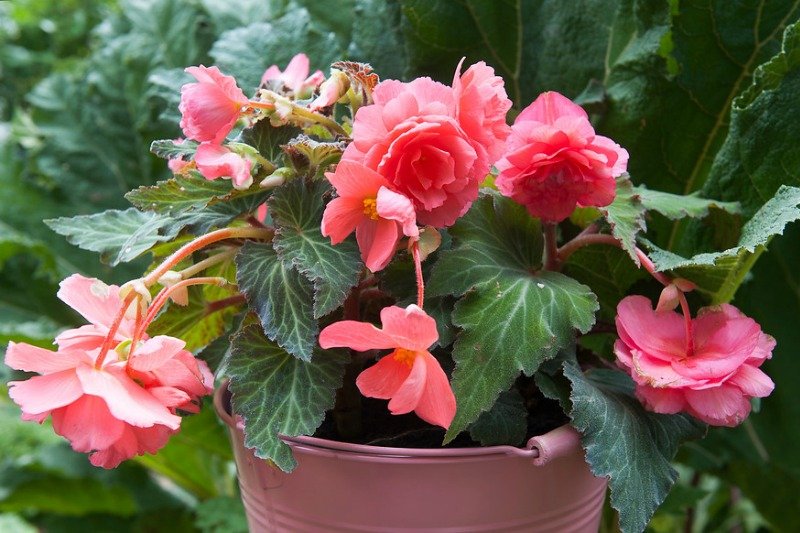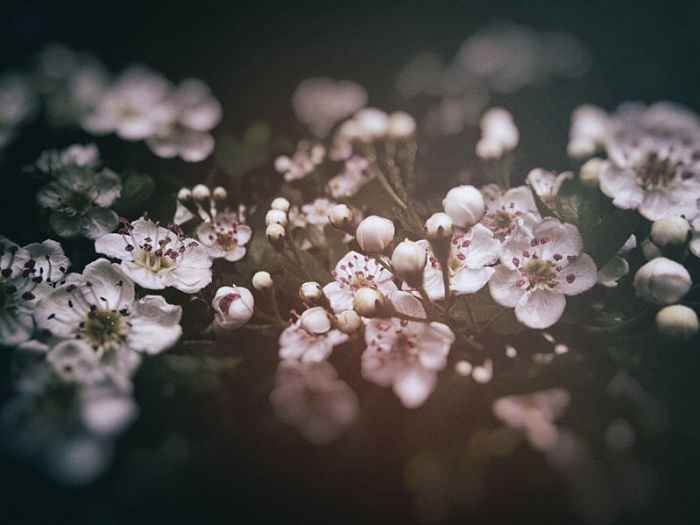The most representative flower of spring is the tulip, since they are planted during the winter or in the cold months, and they bloom just in spring. We will share with you the “quick” way to grow tulips in water so you don’t have to wait until a specific season. They are practical advice and you can do it all from home.
How to grow tulips?
Follow this step-by-step guide to grow tulips at home.
1. The bigger the better.
Pick large tulip bulbs from the grocery store or any nursery. The bigger they are, the bigger the flower and the plant body will be.
2. They need a cold environment.
The bulbs need to be in a very cold environment for a specific period. We refer to this process as “must remain asleep.” It depends on the type of tulip is the period of time that they will remain in “incubation”. Most tulip bulbs need 12 to 15 weeks of incubation in the refrigerator. Try to keep them away from the apples, as they emit a gas that damages the process and will prevent them from blooming. It is important that you leave them in this “incubation” period for the indicated time or they will not flower.
3. Bulb placement process.
Now that the bulbs have been asleep in the refrigerator, they need to be removed. In a tall glass vase, place a bed of crystal gems and the bulbs on top.
- Place a handful of extra crystal gems around the bulbs. Make sure the bulbs are pointing up. Place more crystal gems around it. The gems should not pass the middle of the body of the bulb.
- Pour water into the glass vase. Make sure the water doesn’t touch the base of any of the bulbs.
- Place the prepared vase in a room with sufficient ventilation and light. Now is the time to watch them grow. The roots will be in charge of finding their way until they reach the bottom water. Always keep the vase with enough water without reaching the bulbs.
- After about 2 or 3 weeks the bulbs will begin to break and you will see the stem of the plant grow, little by little.
- The image above shows another example of how to carry out the process, in that case no gems are used, but some material is used to prevent the bulbs from touching the bottom and thus the roots can reach the bottom to look for water, avoiding in this way that the bulbs rot and the tulip growth process can develop.









